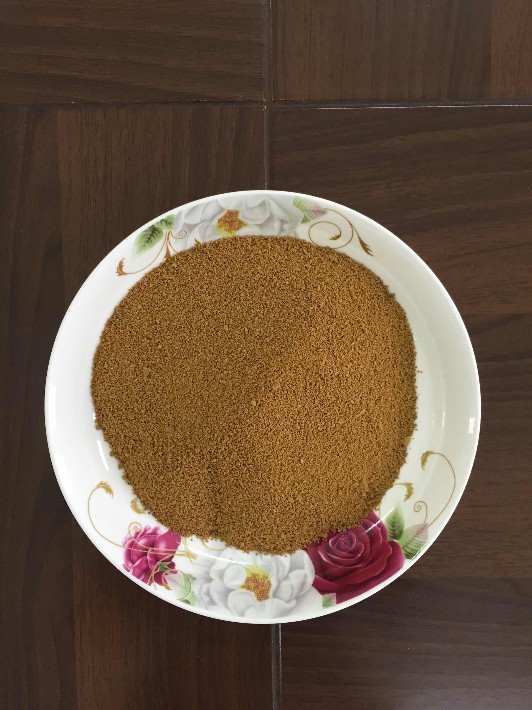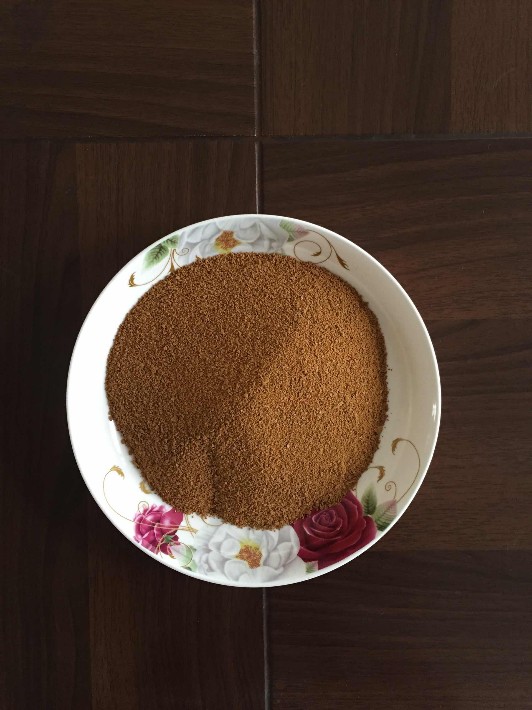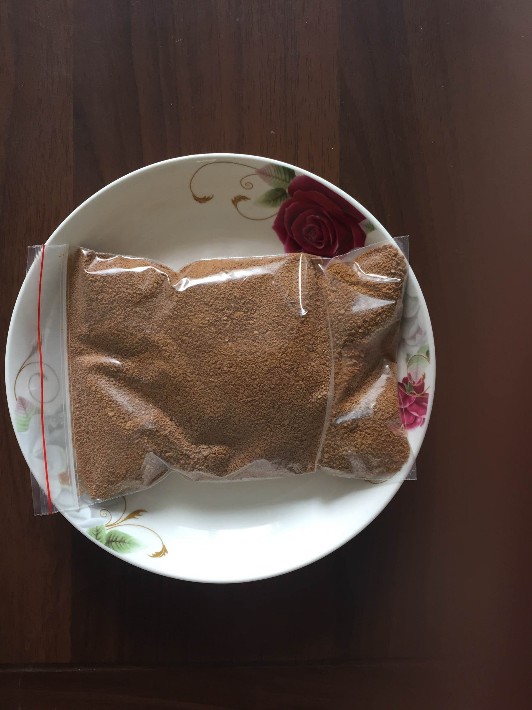聚合氯化铝聚合氯化铝价格安家净聚丙烯酰胺阴离子1800万洗煤选矿
-
≥ 1吨¥21.00
聚合氯化铝聚合氯化铝价格安家净聚丙烯酰胺阴离子1800万 洗煤选矿



1、亲水性、微细粒度有机污泥,可压缩性能差,脱水性能差。如上述种
2、中细粒度有机与无机混合污泥,可压缩性能和脱水性能一般。 如上述第二种
3、中细粒度混合污泥,含纤维体的脱水性能较好,其余可压缩性能和脱水性能一般。如上述第三种
4、细粒度无机污泥,可压缩性能和脱水性能一般。如上述第四种
tic landfill, mainly through concentrated mechanical thickening or gravity concentration, general mechanical concentration is more extensive, and the digestion is mainly anaerobic technology, more than the most important in the process of sludge dewatering in city sewage. Treatment need to add water treatment flocculant, polyacrylamide and PAM is the most suitable flocculant. But there are many kinds of polyacrylamide. The following is an introduction to how to determine the model before use:
Mud mud sample of 1. water machine and analysis of sludge solid content index
The 2. 1g flocculant dry powder is evenly dissolved in the water of 100ml, so that 1/1000 of the solution is added.
The concentration of 3. mud sample adding volume of 1/1000 flocculant, the flocculation was observed in this process, the size of 30 flocculation and stir, then add the solution of 250ml cylinder, set aside for ten minutes, observe the filtrate volume. And record it.
4. content: dispersity, dissolution time, dosage of medicament, flocculation effect, flocculation size and so on
Finally, the actual operation should be carried out according to the results of the experiment. The use of polyacrylamide PAM as a flocculant is very common.
5、中粒度疏水性无机污泥,可压缩性能和脱水性能较好。 如上述第五种
合剂。其它用于洗涤器皿以及化学纤维中用以除去浆粕中的铁质。还用于土壤分析。
用量编辑
一般0.3-0.5%,干酪中用量0.9%;肉类0.3%;奶粉、奶油粉、速冻鱼、虾类0.5%;炼乳、饮料0.2%。
食品级的六偏磷酸钠中会有微量的重金属铅等,还有砷,砷会引起以皮肤色素脱失、着色、角化及癌变为主的全身性的慢性中毒;食品级的六偏磷酸钠还有一定含量的氟化物,低浓度的氟化物会引起慢性中毒和氟骨症,使骨骼中的钙质减少,导致骨质硬化和骨质疏松。
但是这些危害都是在长期接触的情况下才有可能有的,国家都是在经过大量的动物实验和实际情况才制定出食品级六偏磷酸钠中这些物质的低标准的,一般在国家制定的低含量以下不会出现上述的毒副作用!
技术指标编辑
GB 1624-1979 实施日期:1980-01-01 标准状态:已作废
GB 1890-1989 实施日期:1990-02-01 标准状态:已作废
6、粗粒度疏水性无机污泥,可压缩性能和脱水性能很好。如上述第六种
In the water treatment industry, sludge dewatering is quite common. Many problems are concerned about the sludge dewatering process and sludge dewatering. Today I first share the sludge with you.
First of all, according to the sources of sludge, the following are the following:
1. residual activated sludge discharged from two sinks of domestic sewage plant;
2. physical and chemical sludge discharged from the sedimentation tank or concentrated pool of the waterworks;